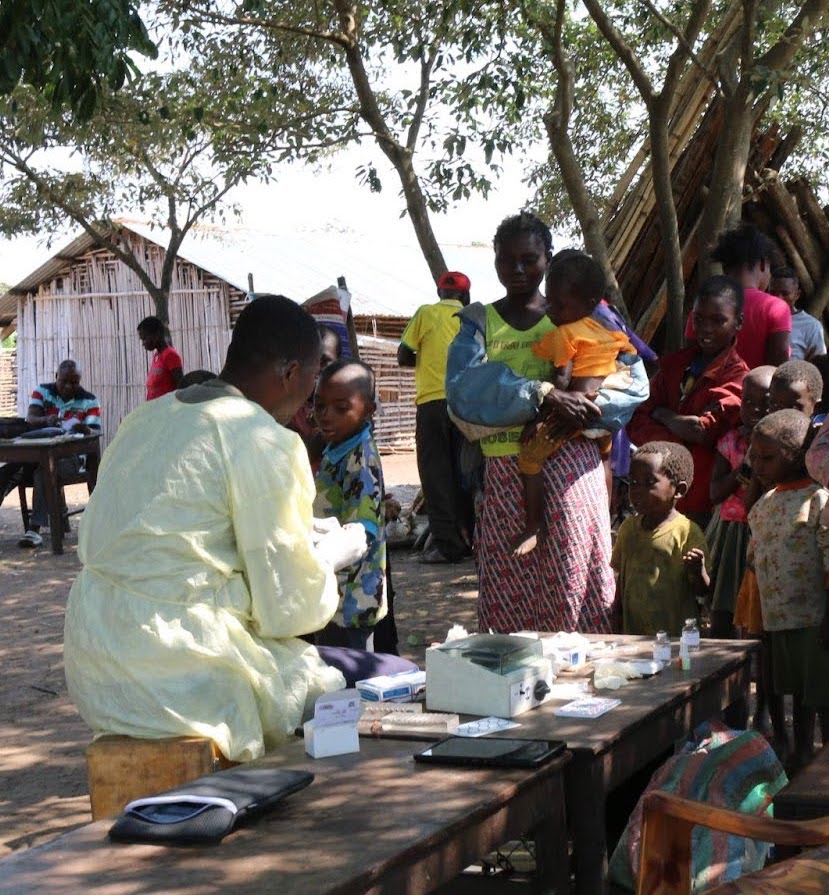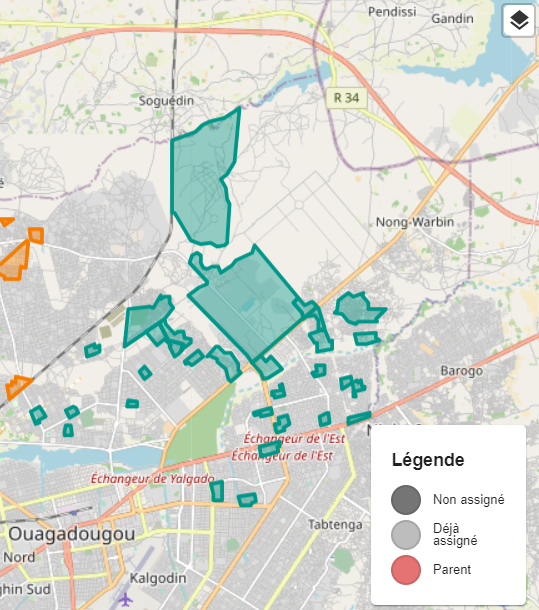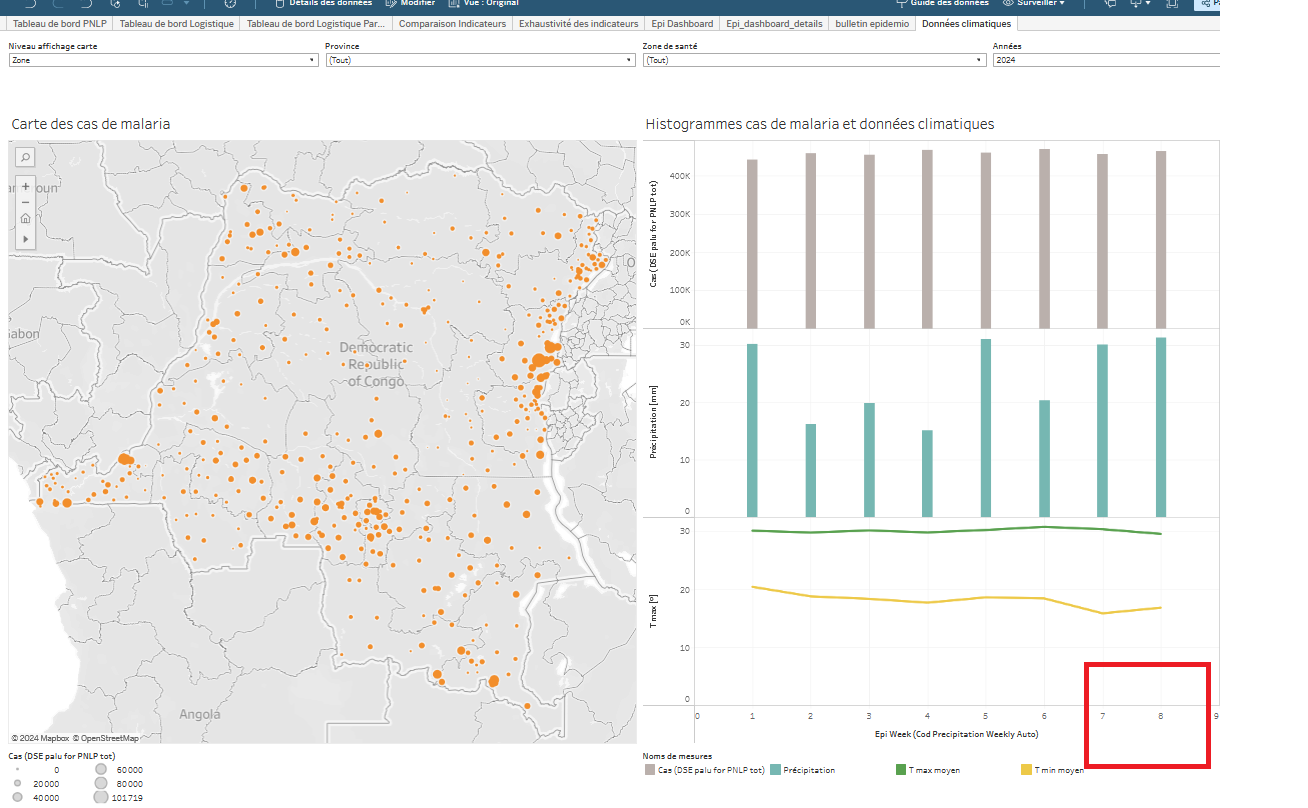National One Health Data Repositories (NOHDRs)
We support the development of centralized, interoperable data platforms that bring together human, animal, and environmental data. These repositories enhance visibility, coordination, and decision-making at national and regional levels.
- Integration of health data from DHIS2, LMIS, IASO, veterinary systems (e.g., SENES), and environmental/climate sources (e.g., ERA5)
- Interactive dashboards for real-time outbreak monitoring and cross-sector analytics
- GIS layers, climate indicators, and laboratory data combined with advanced modeling via OpenHexa
- Tailored tools for multisectoral risk stratification and outbreak prediction


